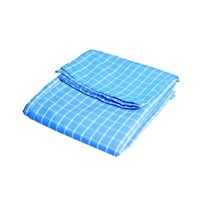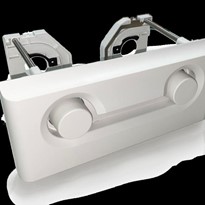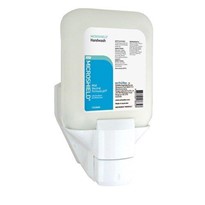Introduction
In the dynamic world of modern laboratories, efficiency and precision are paramount. The ability to accurately label and organize samples is crucial for researchers and pathologists alike. This is where slide and cassette printers play a pivotal role. These specialized printers are designed to create durable and clear labels on microscope slides and tissue cassettes, aiding in the smooth workflow of a laboratory. In this article, we will delve into the key factors to consider when choosing the right slide and cassette printer to meet the specific needs of your laboratory.
Slide Printers
Print Quality and Resolution:
The quality of the printed slides is a critical aspect. High resolution ensures clear and legible labels on slides, which is essential for accurate sample identification. Look for printers that offer a minimum resolution of 300 dpi (dots per inch) for crisp and detailed printing.
Compatibility with Slide Types:
Laboratories use various types of slides, such as frosted, color-coated, or plain. Ensure that the slide printer you choose is compatible with the specific type of slides used in your laboratory. Some printers may have limitations on the thickness or coating of the slides they can handle.
Throughput and Speed:
Consider the throughput and printing speed of the slide printer. In a high-throughput laboratory, a printer with a faster printing speed can significantly enhance productivity. However, it's important to balance speed with print quality to avoid compromising on the clarity of labels.
Ease of Use and Software Integration:
User-friendly interfaces and seamless integration with laboratory information systems (LIS) are crucial for efficient workflow. Choose a slide printer that comes with intuitive software, allowing for easy customization of labels and straightforward operation. Compatibility with commonly used laboratory software can streamline the printing process.
Durability and Maintenance:
Laboratory environments can be challenging, and equipment must withstand constant use. Opt for a slide printer with durable construction and minimal maintenance requirements. Look for features such as self-cleaning mechanisms to reduce the risk of contamination and downtime.
Cassette Printers
Label Durability and Resistance:
Tissue cassettes endure various processing steps, including exposure to chemicals and temperature changes. The printer should use inks or dyes that are resistant to histological stains and processing solutions. Labels must remain legible throughout the entire tissue processing workflow.
Cassette Compatibility:
Cassettes come in different sizes and materials. Ensure that the cassette printer is compatible with the specific size and material of cassettes used in your laboratory. Some printers may offer adjustable settings to accommodate various cassette dimensions.
Batch Printing and Capacity:
In high-throughput laboratories, the ability to print multiple cassettes simultaneously can save time. Consider a cassette printer with batch printing capabilities and a sufficient cassette loading capacity to meet the demands of your laboratory.
Integration with Laboratory Information Systems (LIS):
Seamless integration with LIS is essential for accurate sample tracking and data management. The cassette printer should be capable of receiving information directly from the laboratory's information system, reducing the chances of manual errors in labeling.
Ease of Maintenance:
Cassette printers should be easy to clean and maintain, considering the potential exposure to chemicals and biological specimens. Look for printers with features like self-cleaning mechanisms or easy access to printheads for routine maintenance.
Conclusion
Choosing the right slide and cassette printer is a crucial decision that directly impacts the efficiency and accuracy of laboratory processes. By considering factors such as print quality, compatibility, throughput, ease of use, durability, and integration capabilities, laboratories can make informed decisions that align with their specific needs. Investing in reliable and technologically advanced slide and cassette printers not only enhances workflow but also contributes to the overall success of laboratory operations. Keep in mind that ongoing technological advancements may bring new features and improvements to these printers, so staying informed about the latest developments in the field is essential for making the best choices for your laboratory.


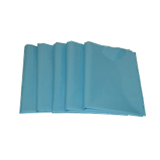
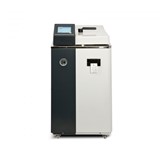
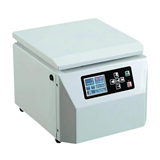

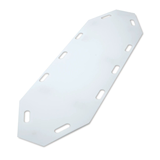
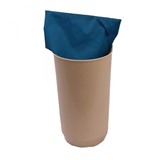
-160x160-state_article-rel-cat.png)
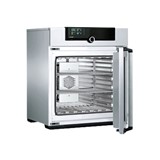
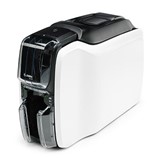
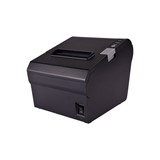

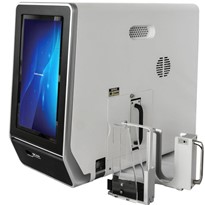
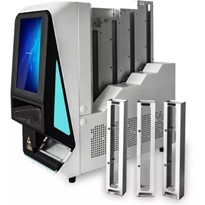
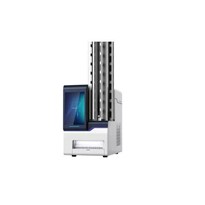
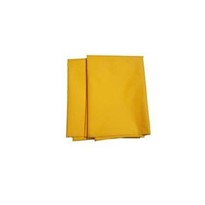
-205x205.jpg)
